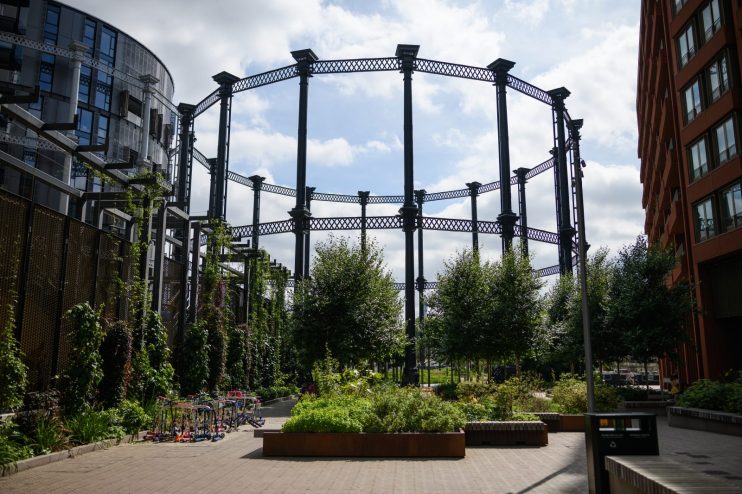The 15-minute city: How to make London greener, cleaner, and more resilient

2020 has been the year that has exposed how vulnerable our cities are.
Living through lockdowns has brought to the fore issues which we have been sweeping under the carpet, particularly in London: lack of access to green spaces, distance to essential amenities such as shops, and the need for better pedestrian and cycling options.
This does not bode well for the future. But I’m an optimist: I believe that cities are resilient and flexible.
We know that cities will need to be able to withstand more shocks than ever, with extreme weather events or future pandemics on the horizon.
But we don’t need a huge overhaul. Small yet widespread interventions, such as more greenery or improved walkability, can have a profound impact on a city’s resilience. By moving to a “15-minute city”, in which essential amenities are a 15-minute walk or cycle from home, we can help Londoners hold on to the things we’ve gained temporarily during lockdowns, such as less traffic and cleaner air, while ensuring our resilience for the future.
Bringing green spaces to grey places
The social and health benefits of green spaces have long been recognised, but with the confinement brought by lockdowns, access to parks and gardens suddenly became vital.
London has its share of major parks, but not everyone lives within easy reach of those. Indeed, research we have carried out at Arup found that Londoners have the furthest to travel (20.1 minutes on average) to green spaces out of their European counterparts in Berlin, Milan, Madrid and Paris.
Our urban planners must take this opportunity to right this by creating more green spaces in our residential areas.
Greenery does not require creating more extravagant parks. Through smaller “rewilding” projects we can bring green spaces to people’s doorsteps — whether by planting trees in urban spaces or creating “parklets” where street furniture and planters provide respite from endless tarmac and concrete.
Adding greenery to grey places requires creativity, but its benefits are immense — from improving happiness to making cities more resilient by providing natural flood defences and creating cleaner air.
Improving walkability
With people discouraged from using public transport during the pandemic, walking and cycling in the city boomed. For many, this looks set to become a permanent lifestyle change as we seek to avoid the crowds that had previously filled up our Tubes and buses.
But we must ensure that public transport is not simply replaced with cars, which would have a devastating impact on the environment. Instead, we must improve the city’s walkability.
In London, we have already seen Sadiq Khan prioritising the development of cycle lanes in the city, but more needs to be done to ensure that people can travel by foot too. Interventions like trees to provide shade and amenities such as more benches and public toilets can make a huge difference, alongside the pedestrianisation of more areas.
Moving to a city design where people are within walking distance of amenities will make transport less essential to everyday lives. Not only will this help reduce air pollution, but a more walkable neighbourhood also creates a sense of community, building ties between neighbours and increasing people’s — and, consequently, their city’s — resilience.
Building digital cities
One of the most revolutionary tools at our disposal to future-proof cities is the idea of “digital twins”. These online cities mirror our physical places and can be used to simulate different scenarios, such as extreme weather, and fully understand the impact of different planning decisions on peoples’ lives.
By using digital twins, we can make sure that developments contribute to making urban life more enjoyable by helping with everything from reducing air pollution to connecting people with green spaces.
Digital twins are already being built in many places, and London must accelerate its capacity in this space to ensure that the city is ready for many different futures.
Throughout history, crises have led to profound changes in our cities’ infrastructure. Covid-19 has created an opportunity to better understand how people’s lives are impacted when they must rely on their immediate community for their everyday needs. We must learn from this.
A densely packed city like London requires creativity to move it closer to the 15-minute ideal — from its current average of 23.5 minutes, according to our research. Using tools like digital twins can help us get there, giving us the ability to see the impact of interventions like rewilding, pedestrianisation and creating multi-use spaces from existing infrastructure.
A city’s resilience relies on that of its residents. London’s urban thinkers, from designers to policymakers, must use 2021 to make sure our city is fit for many futures, whichever one comes to pass.
Main image credit: Getty